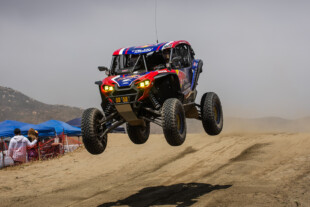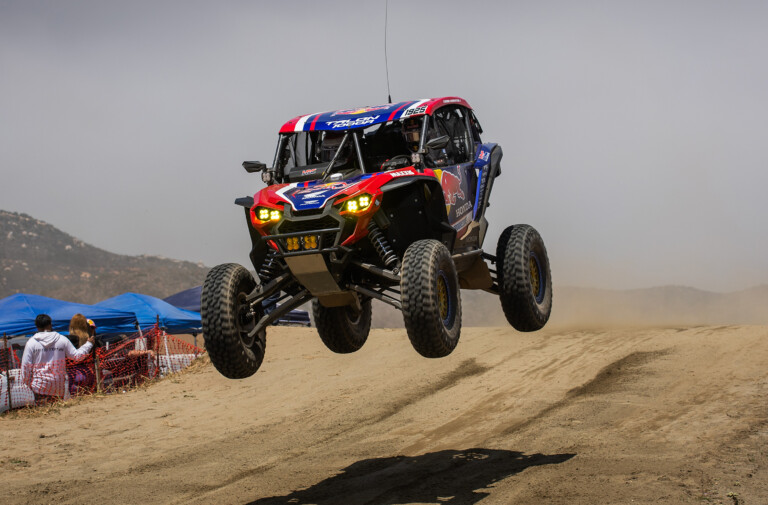It’s been no secret that in recent years, Dodge’s motorsports division has had an effect on the way their flagship sports car has been fine-tuned for the road. The Viper ACR may be shod in street-legal tires, carry air conditioning and carpets, but it absolutely decimates hypercars worth ten times the asking price thanks to its aerodynamics.
While the base Viper is by no means a slouch, it really isn’t in the same category as so many of the top-tier sportscars on the market. To get closer to the Europeans, Dodge has refined the handling and poise of their sports cars by introducing new materials and improving the weight distribution. Still, it’s a heavy car and that weight is a major hindrance when it comes to setting lap times, but it carries an ace up its sleeve: downforce.

A massive wing, huge splitters and diffusers are the elements that allow the heavyweight to demolish the lap times of million-dollar hypercars.
While downforce figures get thrown around when advertising sporty street cars, most often they fall short of exceptional. The ACR is an exception though, with a functional spoiler, front splitter, diffuser strakes, brake ducts and hood louvers to decrease air pressure in the wheel wells. Intended to make the most of air to increase grip and improve overall performance, the ACR has been re-writing the records for production cars at circuits across the country.
While all these aero bits may make for an ostentatious ride, most Viper owners probably won’t consider them overkill, and they certainly do the business. Just by watching the onboard footage, the entry speed is almost unbelievable for a street car. Composure in quick sections is remarkable, and though the Viper’s V10 has always been tractable, there’s hardly any wheelspin. Not bad for something with over 600 horsepower.





















